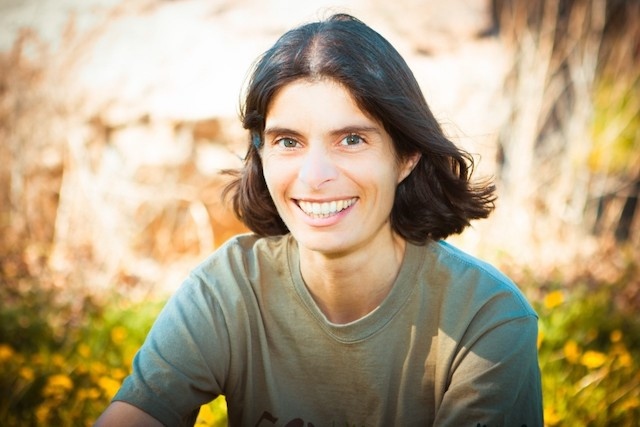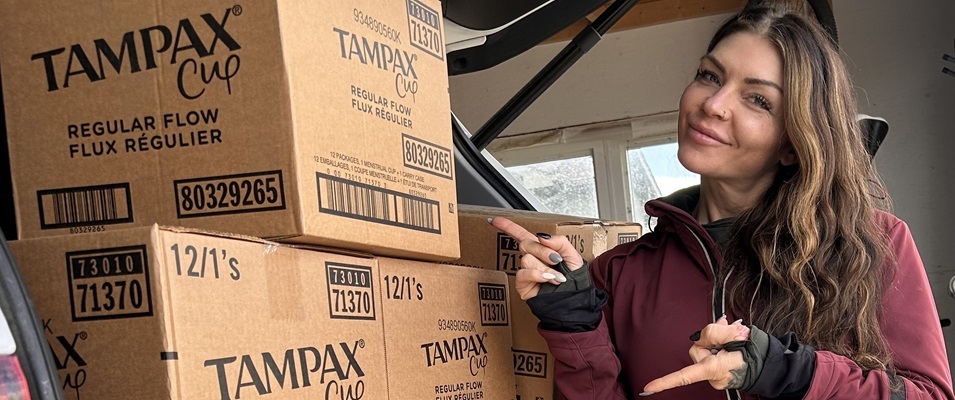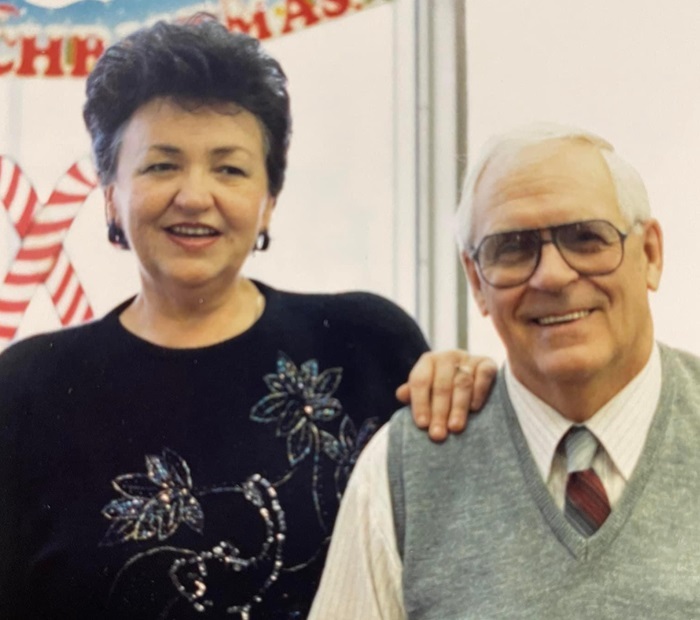
In this day and age, foraging for edible food usually constitutes a trip to the backyard garden for some fresh greens or a weekly outing to the local supermarket. Laura Reeves of Prairie Shore Botanicals, though, is reintroducing Manitobans to their ancestral past, offering courses which can help you recognize, harvest, and prepare a large variety of edible, medicinal, or otherwise useful wild plants that are growing within walking distance of your home or cottage.
Reeves kickstarted her business in 2012 when she became concerned that people were becoming too disconnected with nature and the valuable resources it offers. A botanist for 20 years, she also gives courses on wilderness survival skills, and willow and bulrush basket-weaving.
Much of her experience was gained in the years she worked on the Manitoba Tall Grass Prairie Preserve. From this emerged a desire to share her unique perspective with others, a perspective that would “get people just as excited about their own backyard as the Amazon rainforest.”
“When people become more aware of nature, whether it’s through foraging or any other wilderness skill at the most basic level, they start to appreciate everything around them more,” Reeves says. “When you learn to forage your own food, weave your own basket, make your own medicine, or start a bow-drill fire, you don’t view life the same anymore. You don’t take things for granted.”
Reeves offers full-day classes called Wild Edible Adventures from her home in Gardenton, Manitoba. But she also holds workshops around the province, capitalizing on the vast array of beneficial and under-rated plants many just view as nuisances. Common chickweed, portulaca, and lamb’s quarters are just a few of the naturally occurring greens that yield high levels of nutrients and protein.
Dandelions, she says, are probably the most underrated plant for their nourishment and medicinal use. Absolutely every part of the plant, from root to flower, holds incredible benefits. They are high in iron and make an effective detoxifier. The root can be roasted and used as a coffee substitute and research is currently being done to test the plant's potency for fighting cancer.
Oak trees, too, naturally provide both food and medicine. The tree contains tannins, a compound that aids in healing wounds. Reeves used this method to heal a gash on her leg, and she says that the result was nothing short of miraculous. Acorns, the seeds of an oak tree, are the forgotten food which were once a staple in many of indigenous peoples’ diets.
But, she warns, unless you are certain about what you are picking and eating, it’s best to have a certified botanist, such as herself, for guidance in recognizing what’s safe to consume and what’s not.
“First and foremost, people should know what the plant is before they put it in their mouth,” says Reeves. “Some plants have poisonous lookalikes, and though very few are deadly, some may cause gastrointestinal distress or severe irritation to the mouth, throat, or skin. That said, there’s no reason to be afraid of eating wild plants as long as you can correctly identify them.”
Identifying them, she says, isn’t as difficult as one might expect once you know what to look for. Reeves has dedicated herself to using wild edible plants as much as possible.
“I pursued my passion for wilderness skills and discovered that these skills are best learned when we have a need to learn them,” Reeves adds. “Since I had no need to forage my own food—I had a job and grocery stores weren’t far away—I decided to create a need for wild edibles. I started by eliminating certain foods from my diet. The first thing to go was store-bought juice, because once I knew how many local plants contain vitamin C it seemed ridiculous to source this nutrient from 2,000-plus kilometers away when it’s available right outside my door. By doing this, I found my awareness and appreciation of my surroundings growing immensely. It’s been over 20 years and I continue to incorporate as many wild foods into my diet as possible.”
Reeves also carries a product line of wild or wild-harvested herbs and a homemade healing salve she calls Sap ‘n’ Salvy. The salve contains a combination of ingredients such as poplar leaf bud extract and white spruce sap, both known for their antimicrobial properties and ability to draw infection from a wound and promote healing. It’s been used effectively for everything from open wounds to burns to psoriasis and insect stings.
Unsurprisingly, Reeves’ dedication to natural plant use includes a respect for the earth and all that grows on it.
“My motto is ‘plants before profit,’ so I always make sure my actions will leave an area the same or better than I found it,” says Reeves. “For example, to ensure that individual plants will continue to grow and reproduce, I may only harvest the top few inches, so the plant can regrow and continue to flower and set seed. I grew up believing that humans were nothing more than a scourge on the earth and that the earth would be better off if humans didn’t exist. It seemed like wherever humans went, all that remained was a path of destruction. But I’ve since changed my view. On many occasions, I’ve seen how people, acting with a caretaker attitude, have left a path of life and abundance behind.”
Her basket-weaving classes, too, often develop unique connections between the weaver and the natural world.
“I’ve seen people totally transformed by making a willow basket,” Reeves says. “A willow is no longer just a willow. A wetland is no longer wasteland. And there are suddenly real people and real plants behind those baskets you buy at Canadian Tire. No matter how someone’s basket turns out, they’re proud of it. And if and when it does break, it’ll go back to the land rather than sitting in a landfill for centuries to come. They’re going to fill it with berries or mushrooms and get a small taste of what it was like to live pre-grocery-stores days. In short, people become more empathic.”
Reeves says that she has her father to thank for her childhood introduction to the benefits of local plants and wildlife. To further promote her passions to the world, she’s published a book called Laura Reeves’ Guide to Useful Plants: From Acorns to Zoomsticks.
But one of her favourite outlets is still the direct approach: interaction with a group of plant enthusiasts from young to old through her customized outdoor classrooms.
“This weekend I’m heading to Caddy Lake to teach Girl Guides how to identify wild edibles and introduce them to some of the ones growing in the area,” Reeves says of her busy summer schedule. “On June 16, I’ll be at Cityfolk Farm near Grand Beach teaching people how to develop a more personal relationship with the plants around them.”




















